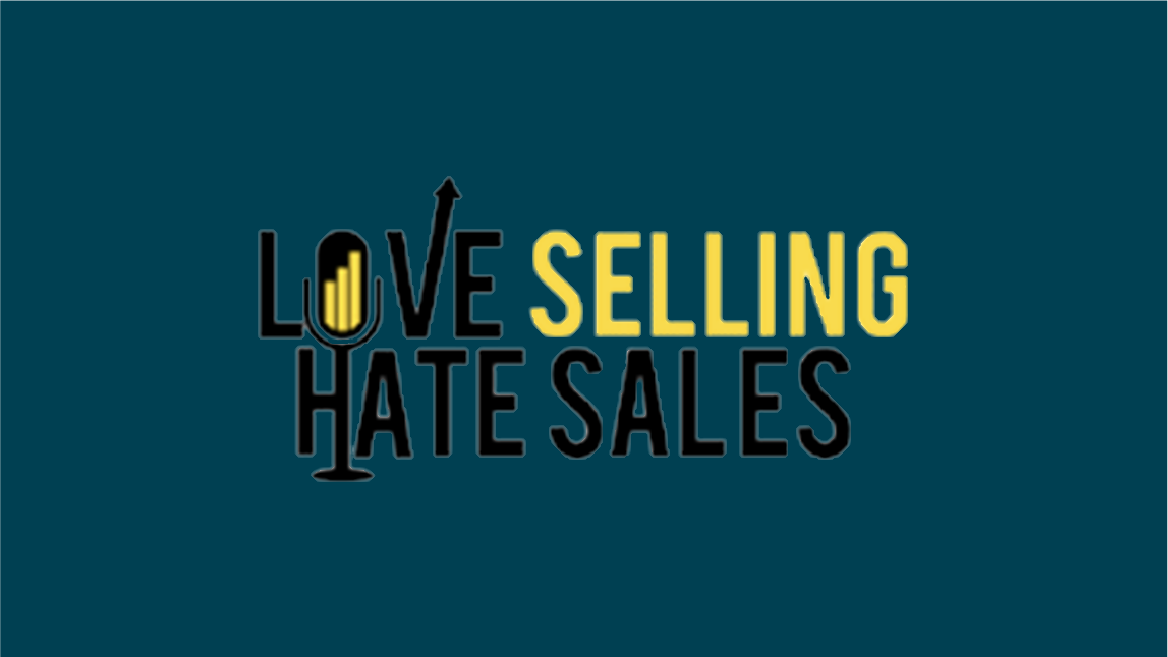Your New Sales Enablement Job Description
"No way," was my first thought when I read this stat from Gartner on B2B buying.
Now, well over 90% of B2B buying happens without sales teams in the room, and outside of a seller's direct control.
This one stat, and the reality of B2B buying today that it points out, has created a whole new world for B2B sellers.
What makes or breaks B2B deals.
The stages in a sales team's pipeline are just a small fraction of a prospect’s overall buying process. In fact, B2B buyers spend just 5% of their time talking with an individual sales rep.

This isn't describing "product-led" sales, by the way. It's the reality for complex, six-figure deals too.
Which means the most critical moments that make or break a B2B deal happen during a prospect's internal meetings — not sales meetings.
This is how the typical deal plays out.
A prospect does their research, talks to other customers, and eventually, decided they'll talk to a sales rep. That prospect will ideally become the sales rep's "champion," and pitch the product's value to their team. Then, the buying team debates their problem-product-fit behind closed doors, and repeat.
Along the way, sales reps don’t have much, if any, face time with the true decision maker(s).
Instead, the deal champion manages the seller's message. Not the sales rep.
The Fluint team interviewed 290 buyers to figure out exactly how this process works from the buyer's perspective.
When a champion messages a product's value to their team, they either:
- Wing their pitch.
- “Frankenstein” their own meeting materials by patching together snippets of decks, downloads, and demos.
Why? Because they said they won’t send sales templates or marketing materials to their boss.
If it doesn’t sound like them, or speak to their boss’ exact goals, they won’t risk their decider writing off a product they truly believe is the answer to their problem.
In the case of an experienced B2B buyer, who’s in serious pain without a solution, they’ll select option #2. They'll invest their time into the sale by crafting their own "enablement materials."
But if the buyer is less experienced or committed — and the sales rep doesn’t have an easy way to build custom materials they'll want to use to guide their message — the deal has a far greater chance of falling apart.
The rise of Buyer Enablement.
Clearly, this is a problem. So what’s the solution?
Which, according to Gartner, is the process of making a buyer’s job as easy as possible, by crafting specific content just for them — right when they need it. The outcome of this process is helping the decider make a confident, low-regret purchase decision.
Sales Enablement tools make a seller's job easier. Sales reps can quickly search for content, and see analytics on what’s working. It’s automation and insight. But B2B buyers want these things, too, and no sales tech is built for this.
As a result, each time prospects get a case study or proposal template that doesn't reflect the conversation they had with a sales rep, they feel that sales rep is saying:
You’re not that different from our other customers. This template should work.
I don’t need to really listen. Just enough to know which use case to talk about.
My notes don’t need to be that thorough. Just enough to edit my pre-built proposal.
All of which requires the buyer to invest more of their time into the deal.
The buyers we interviewed explained how they sift through stacks of follow-up links, listen to a Gong recording, find the two sentences in each document or clip that are relevant, translate it into their internal lingo, cobble together their own pitch material, lay it all out in a meeting, listen for their team’s concerns, troubleshoot....
You get the idea.
Buyers called this the "treasure hunt." However, sales reps who don't want to send their prospects on a treasure hunt have a difficult choice to make.
The sales rep can either, (1) spend time crafting a custom asset their buyer is confident enough to share — ensuring they shape their product's message; or (2) use the easy, pre-built marketing templates they're given.
This is what costs today's sales team winnable deals. Enablement that’s overly focused on the seller's process, not the buyer's internal sales process.
Sales Enablement's new job description.
This is why Enablers are embracing a new paradigm. They’re both the Seller and Buyer Enablement team.
This shift in thinking has led to a new Sales Enablement job description, and two parallel shifts along with it:
Sellers don’t sell solutions.
It’s common for sellers to call their products, “solutions.” That’s a misnomer, though.
A solution is far more than a product. It’s a product plus all the legwork of crafting internal narratives, aligning divergent opinions, navigating the corporate power hierarchy, planning an implementation, and so on. Most of which is orchestrated by the buyer, not a sales rep.
This, packaged together, is a solution. (You’ve probably felt this if you've ever pitched a piece of software to your own team.)
Sales reps don’t close deals. Buyers do.
Most sellers bristle at this idea. But if you've read this far, you probably see it now. The enablement job description goes one level deeper, beyond the interactions of sellers and buyers, and into all the related, internal jobs that buyers lead as they interact with their own team.
This — creating and enabling champions for every deal in a sales pipeline — is how sales teams are increasing the revenue they generate by tenfold.
When sales teams make this shift, they start to notice a few things:
Prospects can’t wait to get a follow-up call on the books.
They’re open to bringing their VP into their calls with them.
Their forthcoming with concerns, and eager for input.
Why?
Because sales reps are no longer selling to them. Their selling with them, by enabling their buyer to message the solution they created.
Who better to help a buyer sell than a professional sales enabler?
Why stop now?
You’re on a roll. Keep reading related write-up’s:
Draft with one click, go from DIY, to done-with-you AI
Get an executive-ready business case in seconds, built with your buyer's words and our AI.

Meet the sellers simplifying complex deals
Loved by top performers from 500+ companies with over $250M in closed-won revenue, across 19,900 deals managed with Fluint

Now getting more call transcripts into the tool so I can do more of that 1-click goodness.



The buying team literally skipped entire steps in the decision process after seeing our champion lay out the value for them.


Which is what Fluint lets me do: enable my champions, by making it easy for them to sell what matters to them and impacts their role.







.png)

